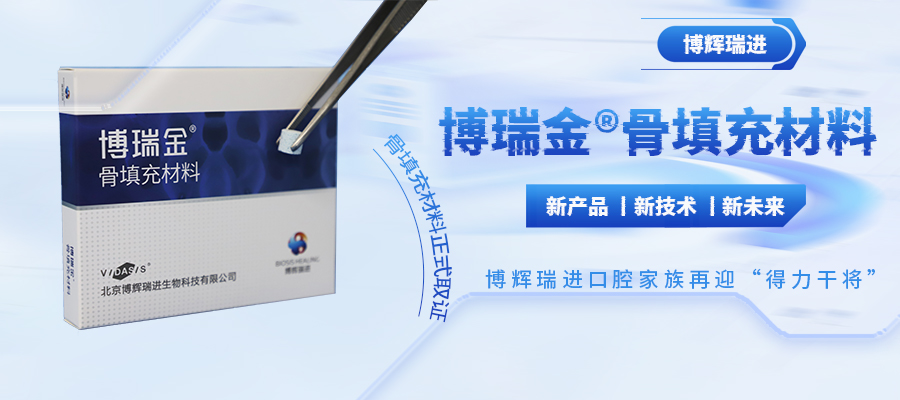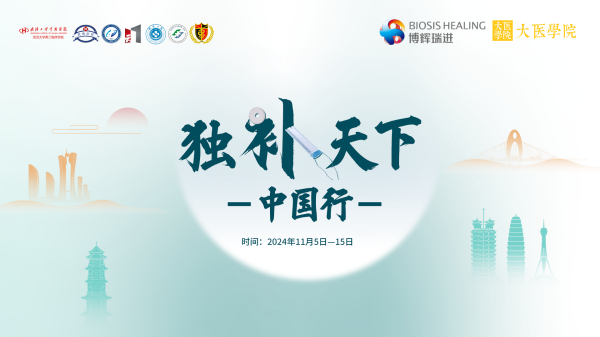Good news! On October 1st, Regenerative Biomaterials published the full text of the latest research results 《Detection of Type I and III collagen in porcine acellular matrix using HPLC–MS》, a non-crosslinked extracellular matrix derived biomaterial (SIS biomaterial) independently developed by Biosis Healing and with independent intellectual property rights. At the same time, it is the first time that the research results of Biosis Healing have been included by SCI core journals!
 The 2019 impact factor for 《Regenerative Biomaterials》 is 4.882
The 2019 impact factor for 《Regenerative Biomaterials》 is 4.882
《Regenerative Biomaterials》mainly focuses on the research of advanced regenerative biomaterials, especially the regeneration and repair of tissues and organs, with an impact factor of 4.882 in 2019, ranking in the top 26% of Web of Science journals in the same category.
As an SCI core journal with a high impact factor, 《Regenerative Biomaterials》 is extremely strict in reviewing published articles. Each article needs multiple peer experts to rigorously review multiple times to ensure academic standards and objective truthfulness. Under such stringent auditing standards, Biosis Healing research articles are still successfully included, which means that our research results in the field of biomaterials have been in a leading position in the world and have been recognized internationally.

Introduction to articles included in Biosis Healing
Biosis Healing article included this time, using Biosis Healing SIS material as the main research object, through the detection of characteristic peptides to determine the collagen in the acellular matrix (ACM) of different tissues in pigs, using ion trap mass spectrometry (LCQ) from the collagen standard The characteristic peptides of type I and type III collagen were identified and screened in the product. The linear relationship between characteristic peptide abundance and collagen concentration was established by triple quadrupole mass spectrometry (TSQ) to determine the type I and type III collagen in ACM of different tissues. Thus, the content of type I and type III collagen in ACM of different tissues was determined, and the method was further verified by the hydroxyproline detection method. The results showed that the sum of type I and type III collagen content in the submucosal layer, dermis and Achilles tendon of pigs were approximately 87.59%, 81.41% and 61.13%, respectively, which was close to the total collagen content in these tissues, with type I and III. The ratio of type collagen is also in line with the distribution law of collagen in the body, confirming that the method based on HPLC-MS is effective to detect the content of type I and type III collagen in the porcine acellular matrix. In addition, this research provides a reliable theoretical basis for the application of SIS materials.
Biosis Healing the home page of the included articles

Behind the SCI core journals is the ingenuity of Biosis Healing for many years. Since 2007, Biosis Healing founder, Zhao Bo, started to independently develop SIS biomaterials. SIS biomaterials have gone from scratch to productization and series. It has gone through a difficult and long road. With the first products of SIS Biomaterials- Inguinal hernia graft, anal fistula plug products on the market one by one, not only domestic patients have more choices, but also the price of Biosis Healing products is about 30%-40% lower than that of similar foreign products. Effectively reduce the cost of medical treatment for domestic patients, and truly achieve the original intention of "universal benefit to the health of the people".











版权所有®2019BIOSISHEALING